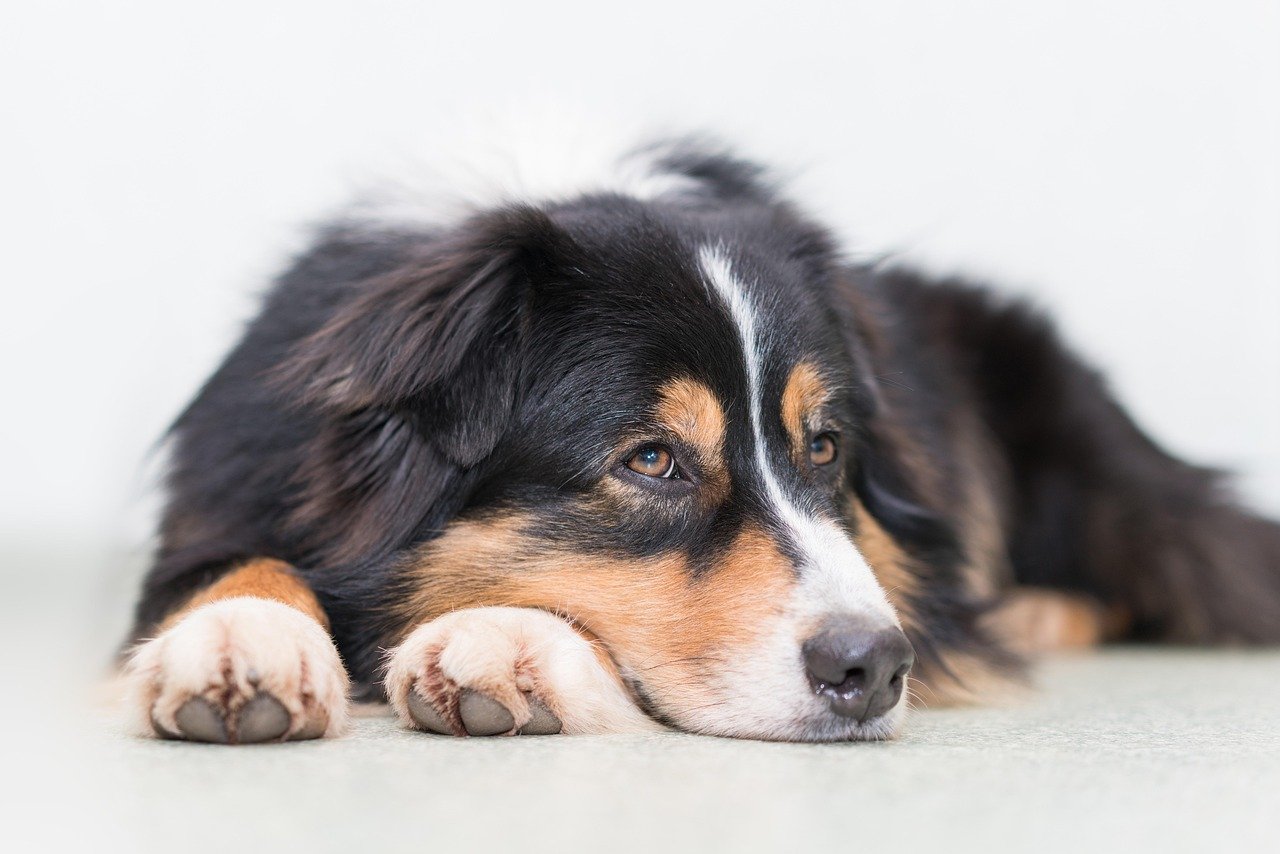There’s nothing quite like the bond between a human and their dog. For centuries, dogs have been our companions, protectors, and friends. However, not all dogs are suited to being left alone for long periods. Some breeds, in their loyalty and love for their humans, can struggle with solitude. If you’re someone with a busy schedule, it’s important to consider a breed that can handle alone time without stress. These affectionate pups thrive on companionship and may require extra attention, training, or even a furry sibling to keep them company. Let’s take a closer look at the breeds that crave human connection the most with this article that explores 15 such loyal dog breeds that may experience separation anxiety or distress when left to their own devices.
1. Labrador Retriever
Labrador Retrievers are known for their friendly and outgoing personalities. They have been America’s favorite dog breed for years, and for good reason. Labs are highly social creatures who love being around people. When left alone, they might become anxious or bored, leading them to act out in ways such as chewing furniture or digging up the garden. Their need for constant companionship makes them wonderful family pets, but it also means they might not do well in homes where they’re left alone for extended periods.
2. Border Collie
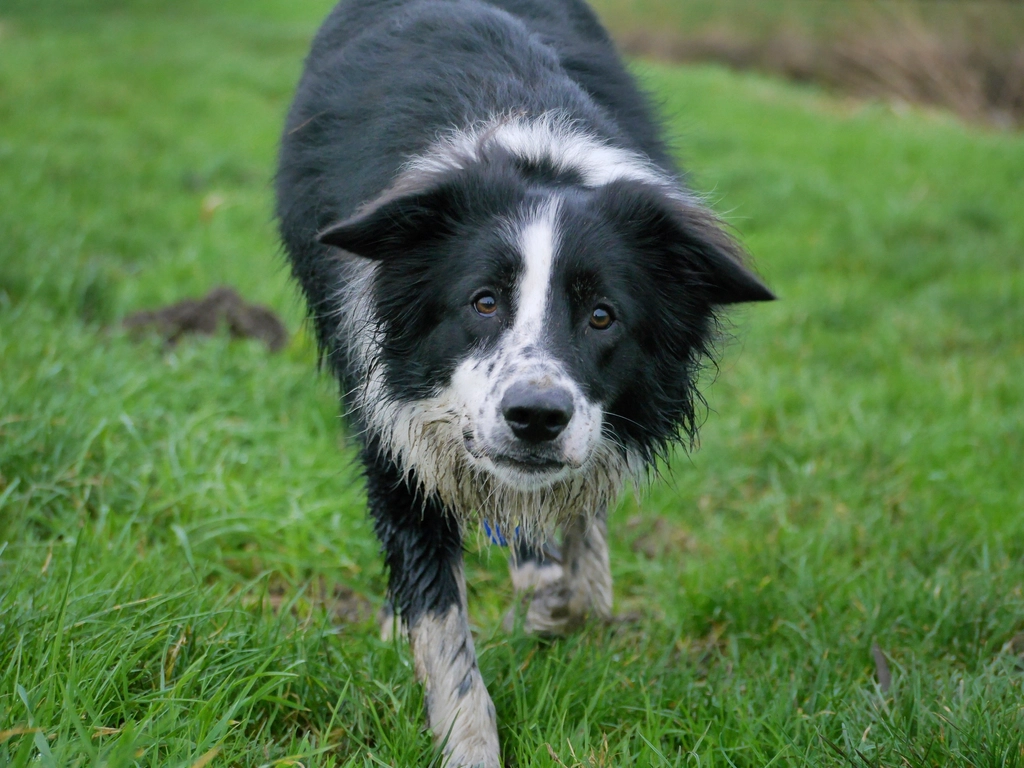
Border Collies are often hailed as one of the most intelligent dog breeds. Known for their herding skills and boundless energy, these dogs thrive on mental and physical challenges. However, this intelligence comes with a price. When left alone without stimulation, Border Collies can become restless and develop behavioral issues. They require a lot of attention and a job to do, even if it’s just playing fetch or learning new tricks.
3. German Shepherd
German Shepherds are loyal protectors, often used in police and military roles due to their intelligence and trainability. At home, they are loving family members who form tight bonds with their humans. However, this loyalty can lead to separation anxiety when left alone. They might become destructive, bark excessively, or try to escape. Consistent training and mental stimulation are essential to keep their minds occupied in your absence.
4. Cavalier King Charles Spaniel
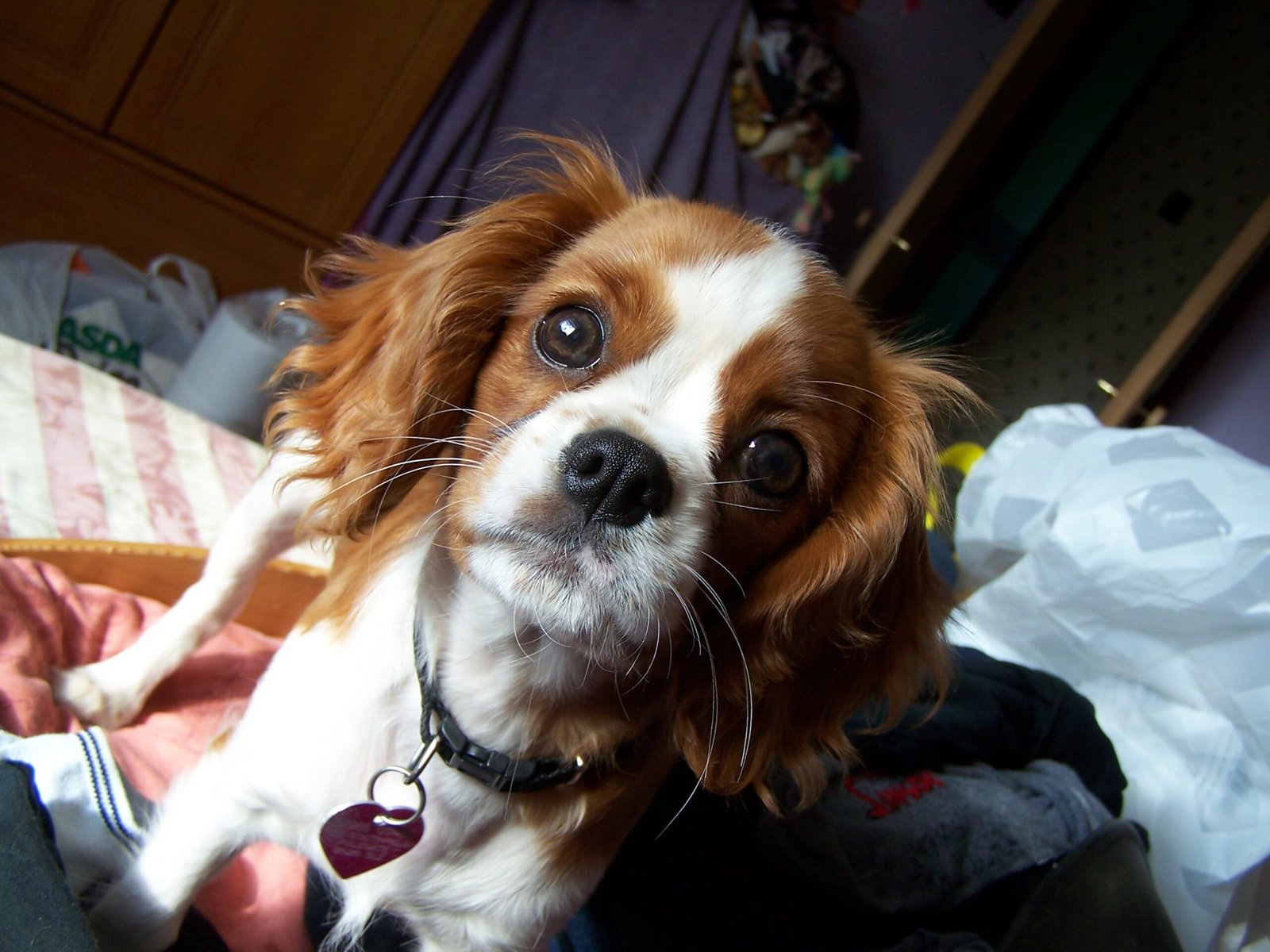
These small, affectionate dogs are known for their gentle nature and love of cuddles. Cavalier King Charles Spaniels are happiest when they’re by your side, whether you’re relaxing on the couch or going for a walk. Their strong attachment to their owners can make them prone to anxiety when left alone. They thrive in environments where they can be part of the family activities and might not be suited for homes where they’re frequently left by themselves.
5. Australian Shepherd

Australian Shepherds are energetic and playful dogs that love to be on the move. They excel in activities like agility and obedience training, which keep their minds and bodies engaged. However, their need for activity and companionship means they can struggle when left alone. Without sufficient exercise and attention, they might resort to unwanted behaviors like chewing or excessive barking. They are best suited to active families who can involve them in daily activities.
6. Bichon Frise
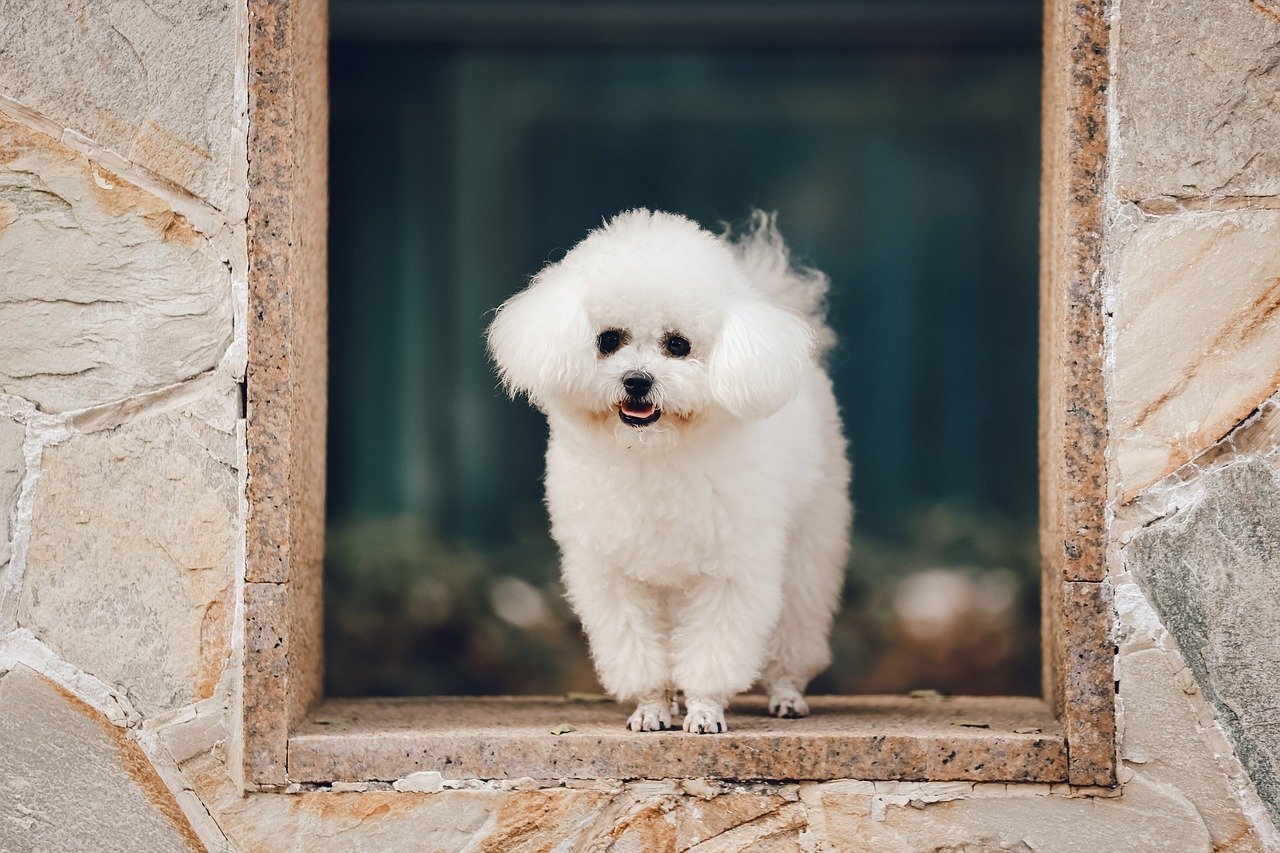
Bichon Frises are small, fluffy dogs known for their cheerful and affectionate nature. They crave human company and are often described as “velcro dogs” because they love to stick close to their owners. When left alone, they may become anxious and exhibit behaviors such as whining or destructive chewing. These dogs thrive on attention and affection, making them ideal for families who can provide plenty of both.
7. Vizsla
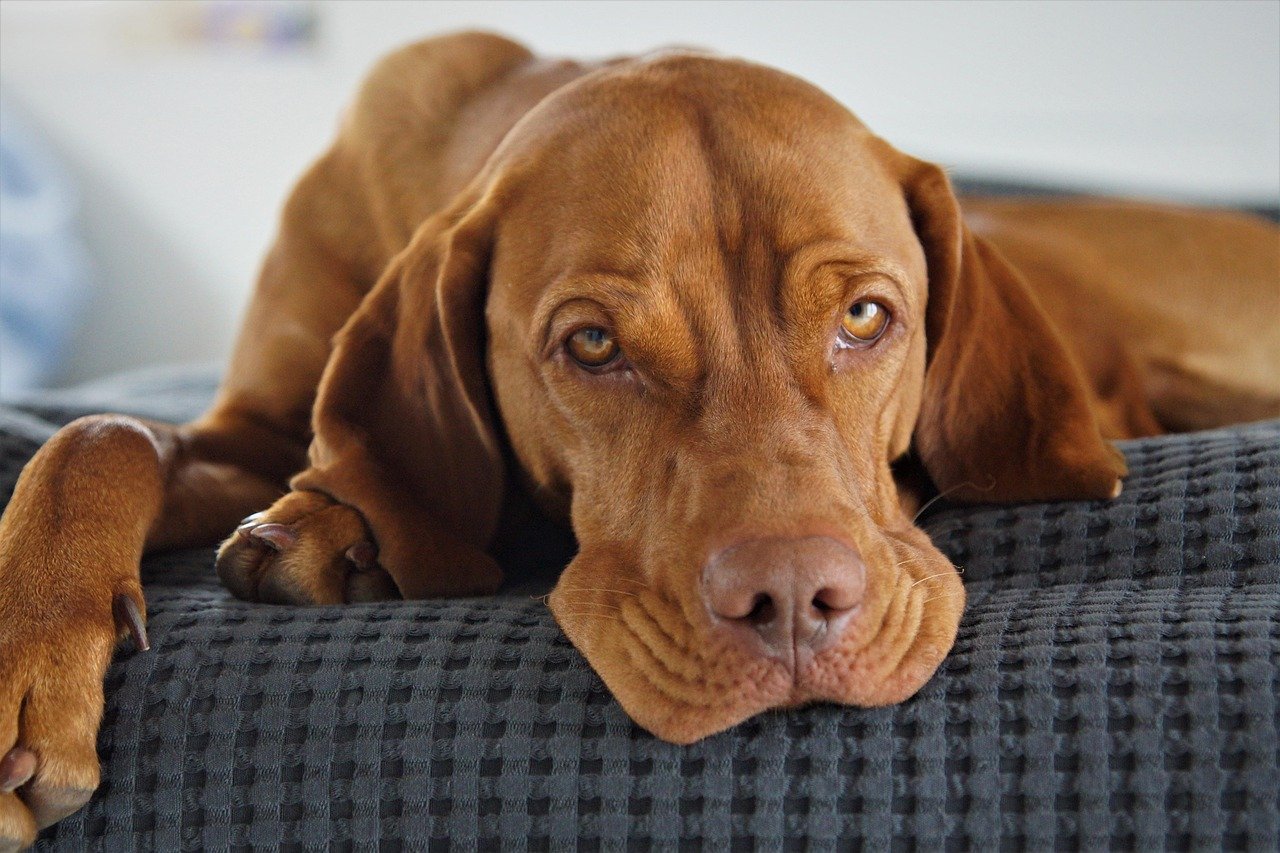
Vizslas are often referred to as “Velcro dogs” due to their tendency to stick close to their humans. With their sleek coats and energetic personalities, Vizslas are known for their loyalty and affectionate nature. However, their attachment to their owners can lead to separation anxiety if left alone for too long. They need plenty of exercise and mental stimulation to keep them happy, and they do best in homes where someone is around most of the time.
8. Italian Greyhound
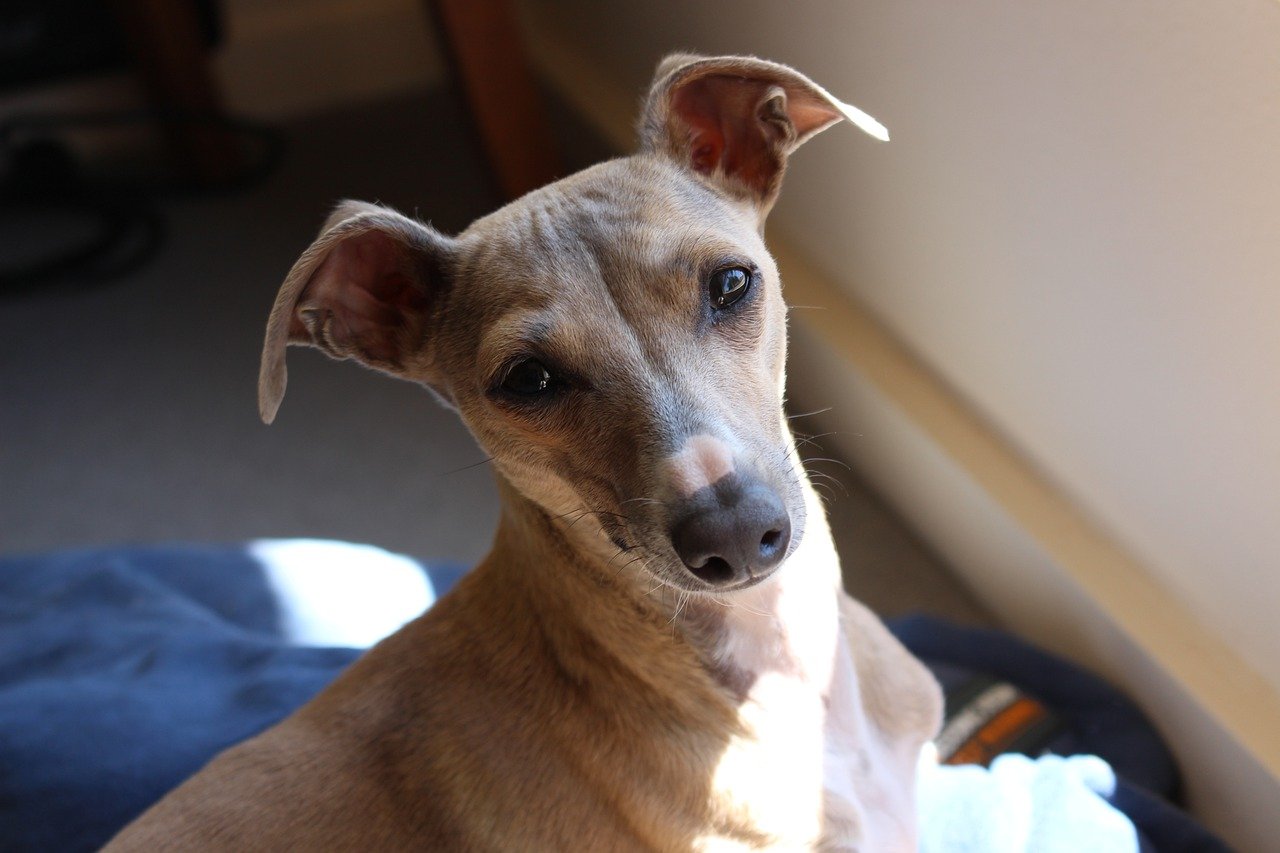
Italian Greyhounds are elegant dogs with a sleek build and gentle demeanor. They are affectionate and form strong bonds with their families. Their sensitive nature means they can become anxious when left alone. They might cry or become destructive if they feel neglected. Italian Greyhounds do best in calm, loving environments where they can receive the attention they crave.
9. Shetland Sheepdog
Shetland Sheepdogs, or Shelties, are intelligent dogs known for their herding instincts and loyalty. They form strong attachments to their families and are happiest when included in family activities. However, their intelligence and loyalty make them prone to separation anxiety. They might bark excessively or become destructive when left alone. Consistent training and companionship can help mitigate these issues.
10. Chihuahua
Despite their small size, Chihuahuas have big personalities. They are fiercely loyal to their owners and can become anxious when separated from them. Their strong attachment means they might bark or become destructive if left alone for too long. Chihuahuas thrive in environments where they can be close to their humans and are not left alone for extended periods.
11. Poodle
Poodles, whether standard, miniature, or toy, are known for their intelligence and trainability. They are highly social dogs that form strong bonds with their families. Their intelligence means they can become bored and anxious if left alone without mental stimulation. Poodles do best in homes where they can be part of the family activities and receive plenty of attention and training.
12. Dachshund
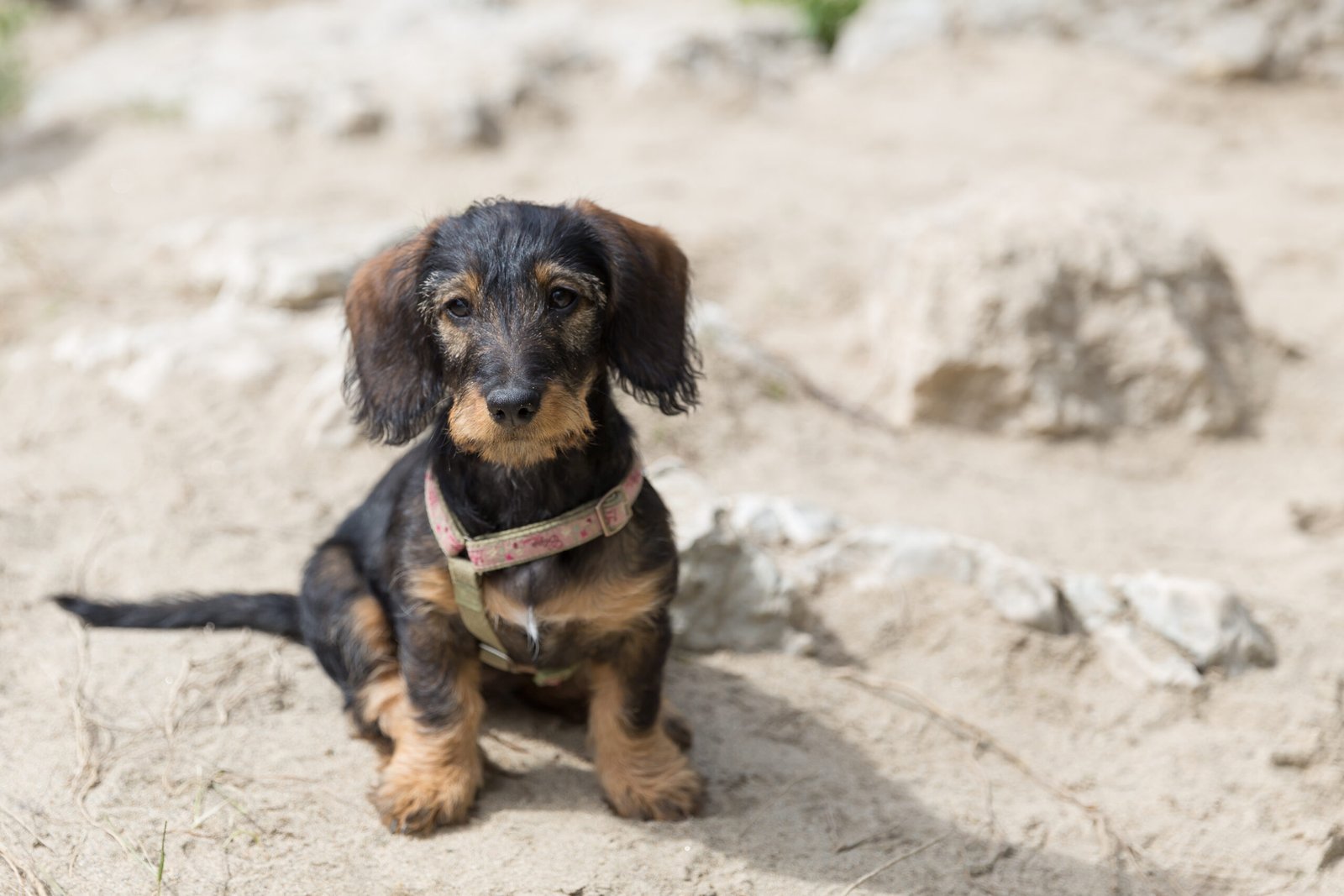
Dachshunds are curious and playful dogs known for their distinctive long bodies and short legs. They are loyal companions who enjoy being around their families. When left alone, they might become anxious and resort to behaviors like digging or excessive barking. They thrive in homes where they can participate in family activities and receive plenty of attention.
13. Cocker Spaniel
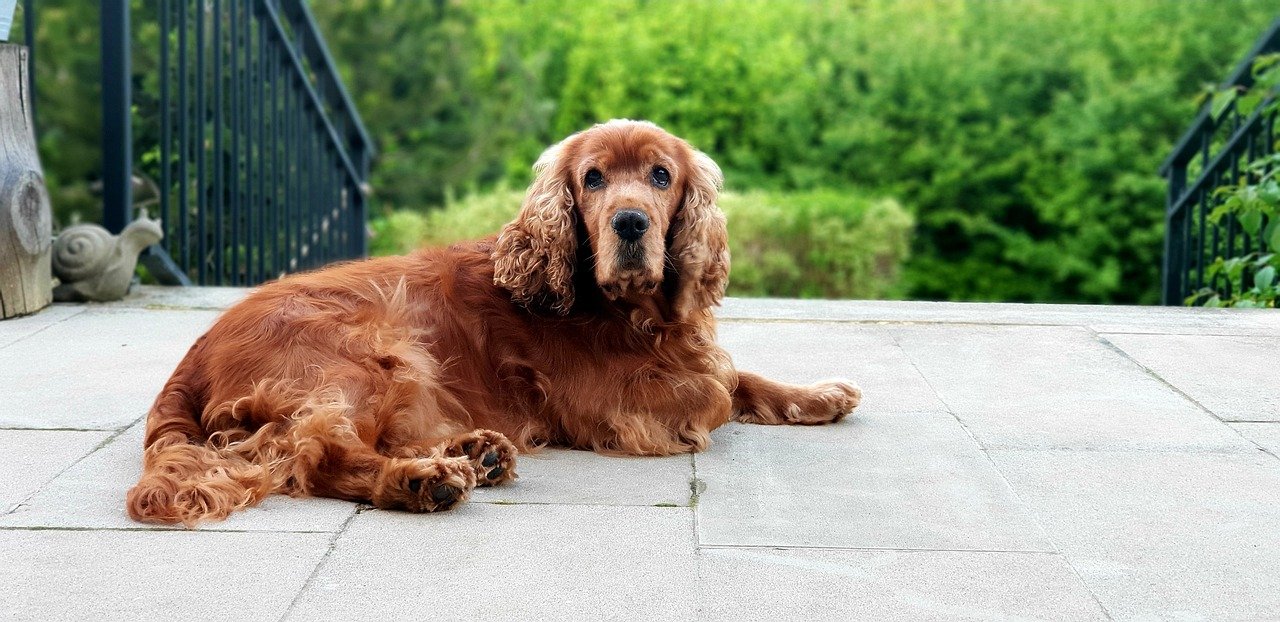
Cocker Spaniels are gentle, affectionate dogs with a strong desire to please their owners. They form close bonds with their families and can become anxious when left alone. Their need for companionship means they might resort to destructive behaviors if they feel neglected. Cocker Spaniels do best in homes where they can be part of the family and receive plenty of love and attention.
14. Maltese
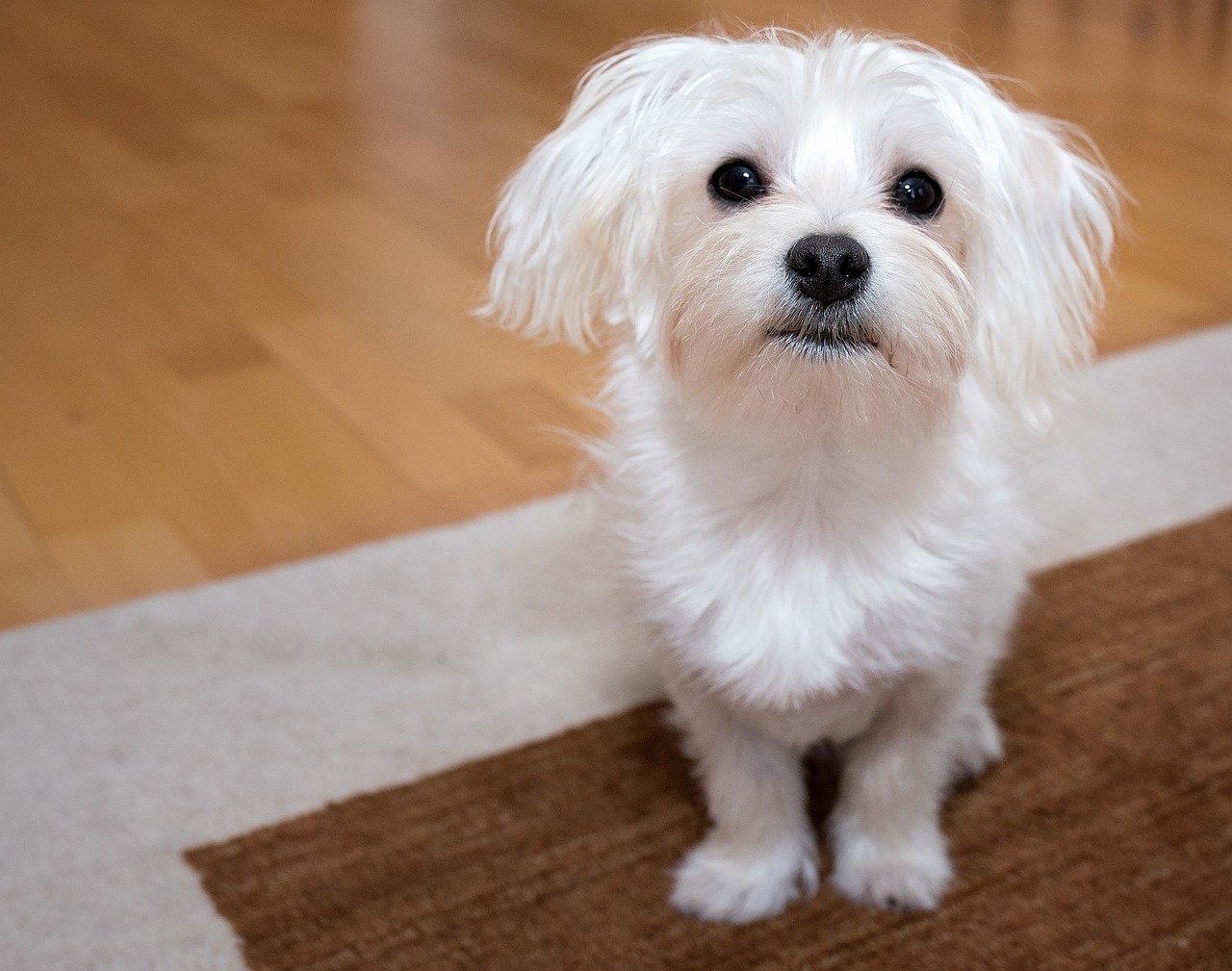
Maltese dogs are small, charming companions known for their affectionate nature. They love being around people and form strong bonds with their families. When left alone, they might become anxious and exhibit behaviors like barking or destructive chewing. Maltese dogs thrive in environments where they can be close to their humans and are not left alone for extended periods.
15. Boxer
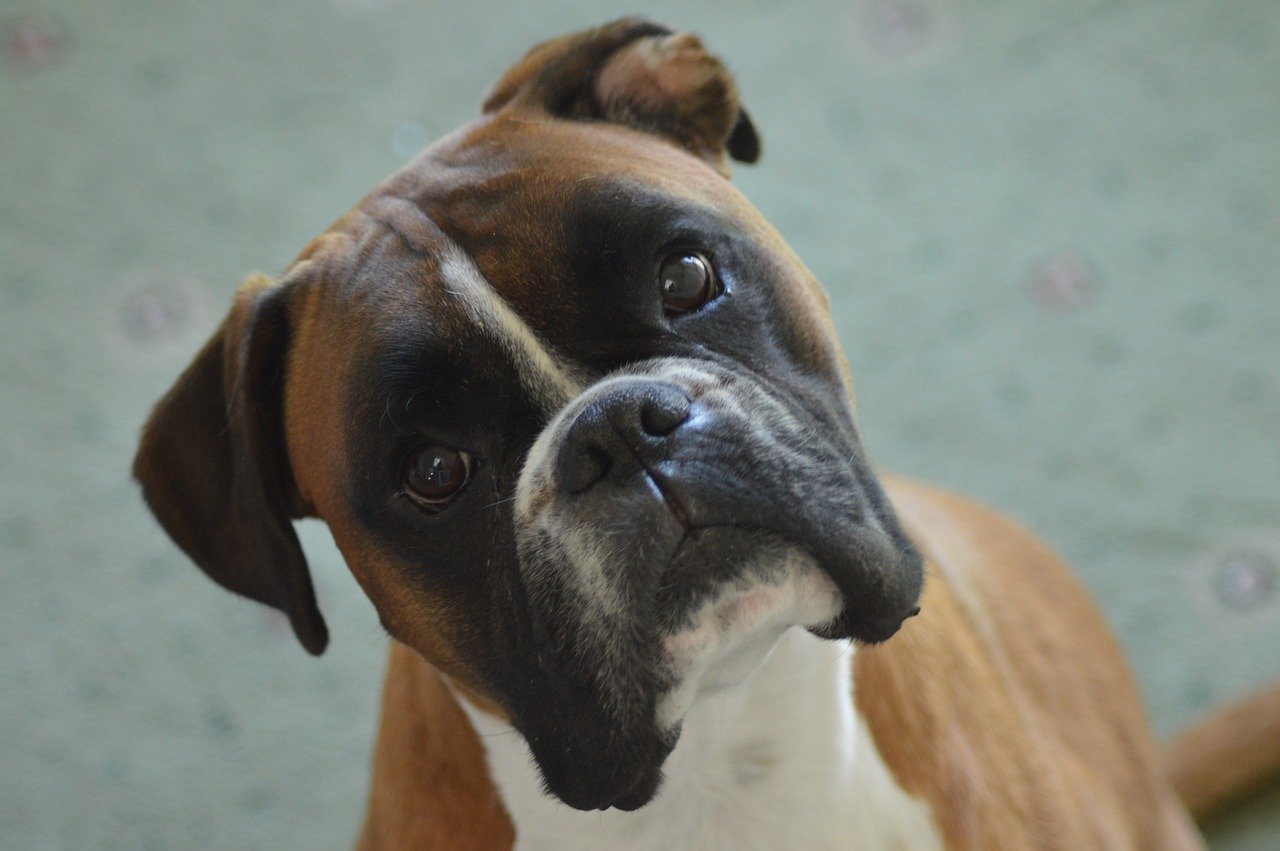
Boxers are playful, energetic dogs known for their loyalty and protective nature. They form strong bonds with their families and can become anxious when left alone. Without sufficient exercise and companionship, Boxers might resort to unwanted behaviors like chewing or excessive barking. They do best in homes where they can be part of the family activities and receive plenty of attention and exercise.
In conclusion, each of these breeds brings unique characteristics and challenges. While their loyalty and love make them fantastic companions, it’s essential to consider their needs for companionship and stimulation. Whether you’re a seasoned dog owner or considering bringing a new furry friend into your life, understanding these needs can help ensure a happy and healthy relationship with your four-legged family member.

